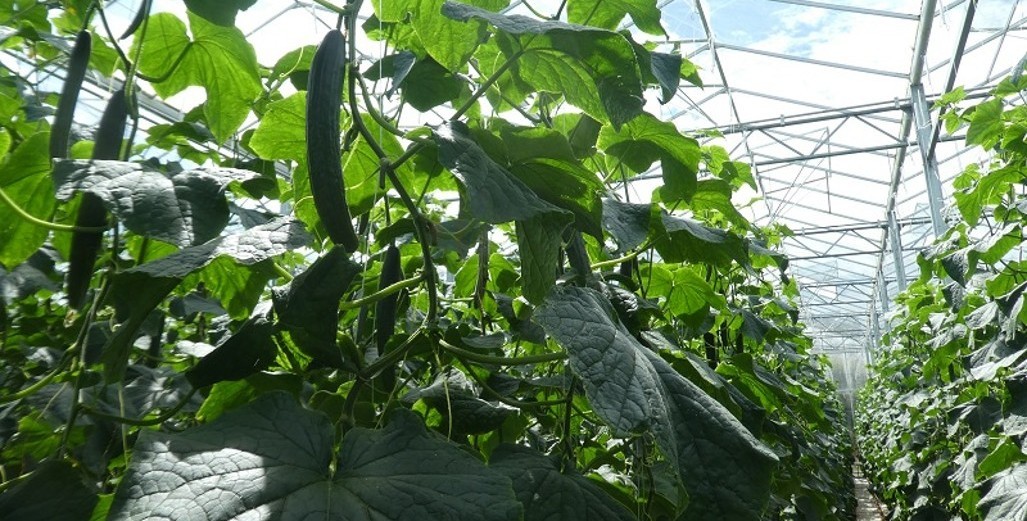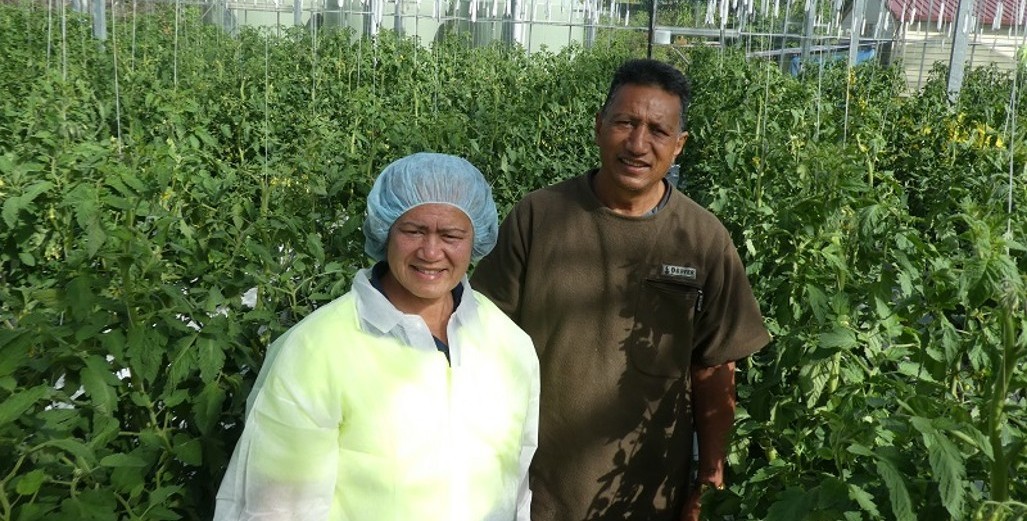Horticulture Lighting:
Horticultural lighting is one of the fastest growing markets in the LED lighting industry today. The dynamics behind this growth is based on horticultural lighting’s ability to improve crop yields. Artificial illumination of indoor environments allows for extended growing seasons, or even year-round crop production.
LED grow lights for the horticultural industry have the intensity and colour spectrum required to stimulate plant growth. The most critical difference between horticultural LED systems and traditional lighting is that LED grow lights make it possible for the grower to control the spectral distribution. This has a great influence on both crop quality and production methods.
Benefits:
Due to the unique controllability, LED grow light systems have a number of advantages that will enable you to grow your business through increased yields.
- Fine-tune the spectral distribution: The optimal spectral distribution and light intensity depends on your specific culture. Thus, it is impossible for lights with a fixed spectrum to correspond with the needs of all cultures and different crops. As opposed to traditional fixtures like HPS, LED fixtures allow you to customise and adjust the spectral distribution specifically to benefit your crop – both now and in the future.
- Upscale or convert production: Should you choose to upscale your production facilities, add new cultures to your crop, or completely convert your production, replacing your cultures, LED grow lights are easily adapted to the new conditions. In other words, the controllability of LED fixtures makes the system able to change and grow with your business when needed.
- Lower energy costs: Traditional light fixtures create excess heat and are not energy efficient. This is usually associated with significant expenses. Because LED lights produce the exact amount and type of light that your crop requires, less energy is wasted. In other words, you only pay for the light you actually need.
- Increase product quality: Take control of your crops size, stretch, colour or even taste. Being able to adjust light composition enables you to improve product quality in ways that are simply impossible with traditional lights. Additionally, using LED lighting means you can reduce the amount of chemicals needed in production.
Pure LED has partnered up with experienced and reputed manufacturers in the horticulture lighting industry so that they can offer New Zealand growers affordable, economical and effective lighting solutions. With a large range of horticulture products, we can custom design lighting plans that consider the type of growing facility, the amount of light required and the spectrum to suit different stages of plant development.




About Pure LED Lighting:
Pure LED established in 2013, has become one of the most trusted brand for all LED lighting in New Zealand in residential, commercial, industrial and horticultural areas. 100% New Zealand owned and operated, the company is based in Taupo and operates nationwide through all the major electrical wholesalers.
Pure LED’s advanced energy management solutions save between 45% to 85% energy through controlled lighting and air conditioned. Our power supplies for horticultural LED lighting aim to minimise power consumption, installation expense and the cost of cooling the facilities. We offer a range of high power options, scaling from single conduction/IP-rated LED drivers up to large distributed external systems ideal for vertical farms and large warehouse grow centres.
Pure LED also plays a key role in installing Building Management systems for commercial applications.
Recent Awards:
Pure LED was recognised as one of the fastest 50 growing companies in New Zealand by Deloitte/BNZ for 2019. Pure LED also won a Highly Commendable award for Business Service Excellency by the Taupo Business Chamber for 2019.

Community Contribution:
Pure LED shares a strong sense of community spirit. Pure LED recently supported BBM Motivation, a charity organisation that supports thousands of people in their quests to for health, by supplying and installing LED lighting at their Auckland health centre.


Investing in your Future Made Easy:
Pure LED has a finance options which could involve no capital outlay and the installation pays for itself through increased profitability. The team at Pure LED would love the opportunity to visit your facility and make some recommendations to suit your requirements.
Contact details:
Ph: 07 394 6112
Email: sales@pureled.co.nz
Website: https://pureled.nz/led-horticulture-lighting/
Cover photo of General Manager Daniel Deere and Office Manager Kimberly Woelke from Pure LED


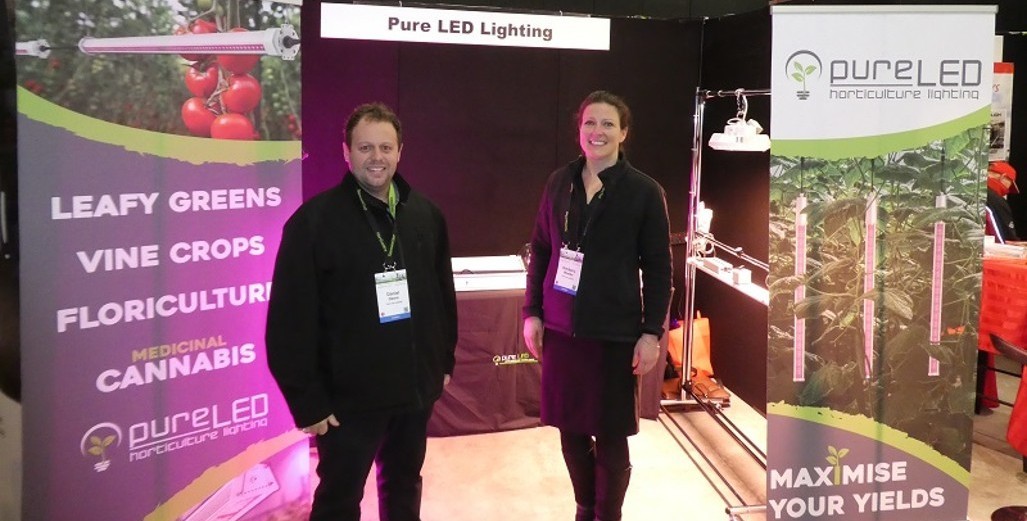
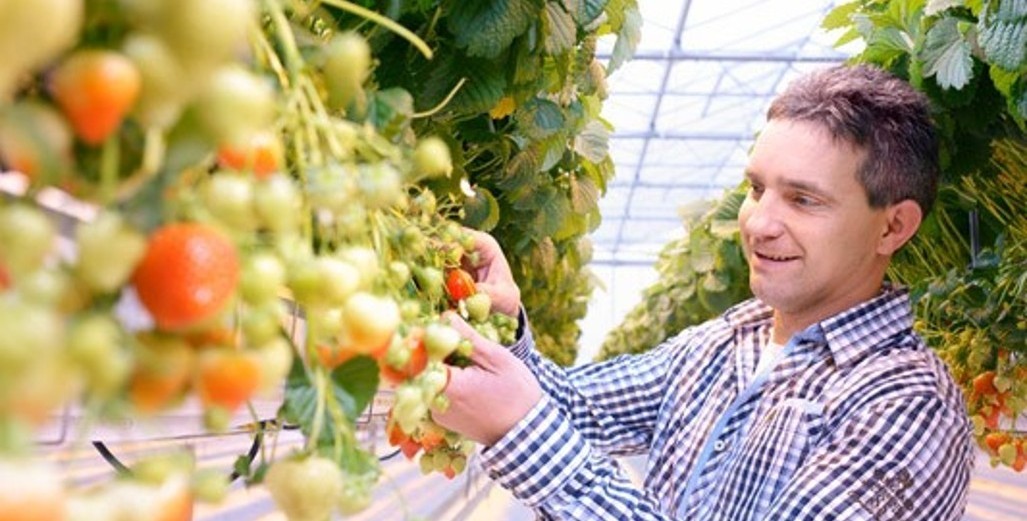

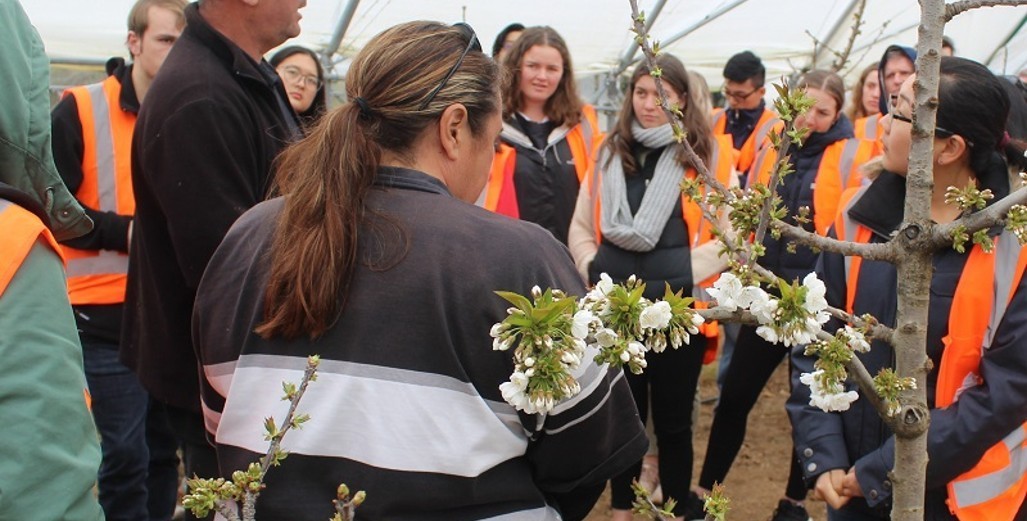


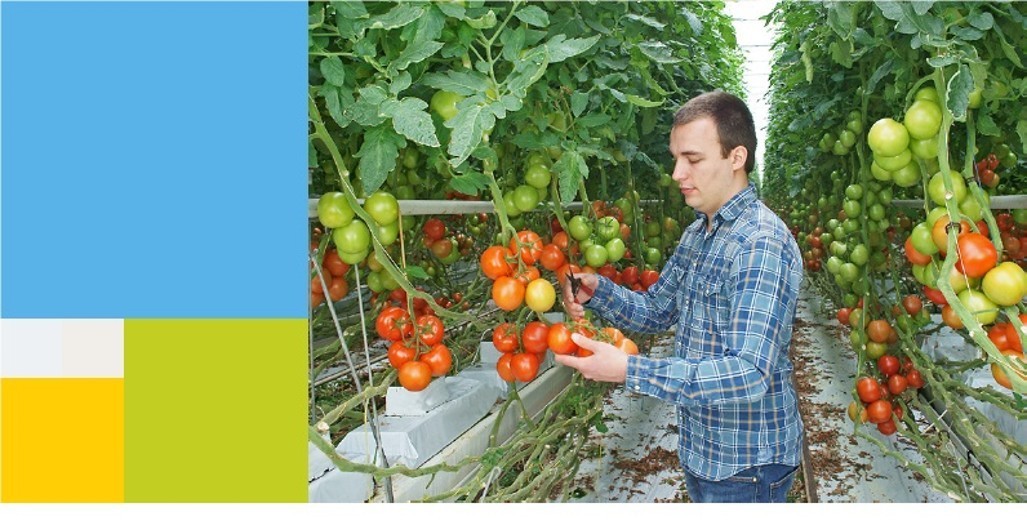


.png)

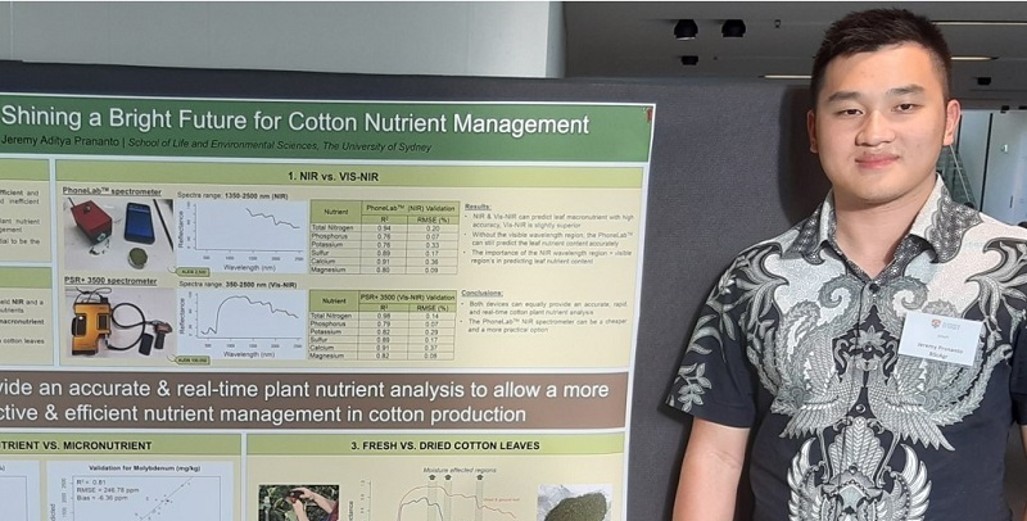




.jpg)
